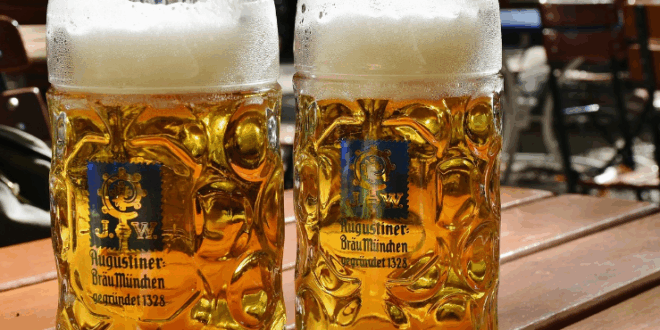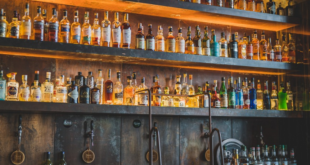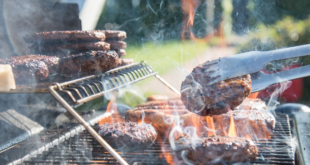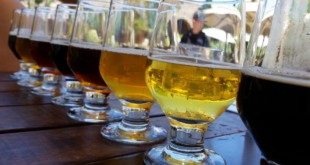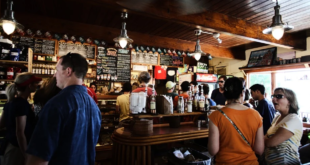When autumn rolls around, millions of people around the world raise their steins in celebration of Oktoberfest — the world’s largest beer festival. But beyond the lively beer tents, traditional Bavarian music, and hearty food, lies a rich history that stretches back over two centuries. Here’s a deep dive into the history of Oktoberfest and how it became the iconic festival we know today.
Origins: A Royal Wedding in Bavaria
Oktoberfest began in 1810 in Munich, Germany, to celebrate the marriage of Crown Prince Ludwig (later King Ludwig I) and Princess Therese of Saxe-Hildburghausen.
- The citizens of Munich were invited to join the festivities on the fields in front of the city gates, which would later be named Theresienwiese (“Therese’s Meadow”) in honor of the bride.
- The original celebration included horse races, parades, music, and plenty of food and drink. It was meant as a joyful, public occasion to unite the people and celebrate Bavarian culture.
From Horse Races to Beer Tents
The first Oktoberfest lasted several days, ending with a horse race — a tradition that continued until 1960. Over the years, the festival evolved:
- By the mid-19th century, amusement rides and carnival attractions were added.
- Breweries began setting up large beer halls and tents to accommodate the growing crowds.
- Bavarian traditions, like lederhosen, dirndls, folk music, and dance, became central to the festivities.
The festival slowly transformed from a local celebration into a major social and cultural event.
Beer Culture and Oktoberfest
Beer has always been at the heart of Oktoberfest. Some key facts:
- Only beer brewed within Munich’s city limits — known as Oktoberfestbier — can be served at the festival.
- The tradition of beer tents began in the 1890s, with each tent operated by a different brewery. Today, these tents can hold thousands of people.
- Traditional Bavarian beers like Märzen (a medium-strong lager brewed in March) became the festival standard.
Oktoberfest Goes Global
The 20th century saw Oktoberfest gain international fame:
- After World War II, Munich’s Oktoberfest was revived as a symbol of peace, culture, and celebration.
- Today, Oktoberfest attracts over 6 million visitors from around the world every year.
- Inspired by Munich’s festival, countless cities — from Cincinnati to Sydney — now host their own Oktoberfest events, bringing Bavarian traditions worldwide.
Modern Oktoberfest: Traditions and Fun
Today’s Oktoberfest is a blend of tradition and modern entertainment:
- Visitors enjoy giant beer tents, traditional foods like pretzels, bratwurst, roast chicken, and schnitzel, and live folk music.
- Amusement rides, games, and parades keep the carnival spirit alive.
- Many attendees still honor Bavarian customs by wearing lederhosen and dirndls, maintaining a link to the festival’s roots.
Why Oktoberfest Remains Iconic
Oktoberfest isn’t just about beer — it’s a celebration of Bavarian culture, community, and heritage. From a royal wedding to a global festival, Oktoberfest has endured for over 200 years, evolving while preserving its unique traditions.
Whether you’re sipping Märzen in Munich or enjoying a local Oktoberfest celebration in your hometown, you’re participating in a tradition that combines history, culture, and good cheer.
 Vino-Club For Wine Lovers
Vino-Club For Wine Lovers
